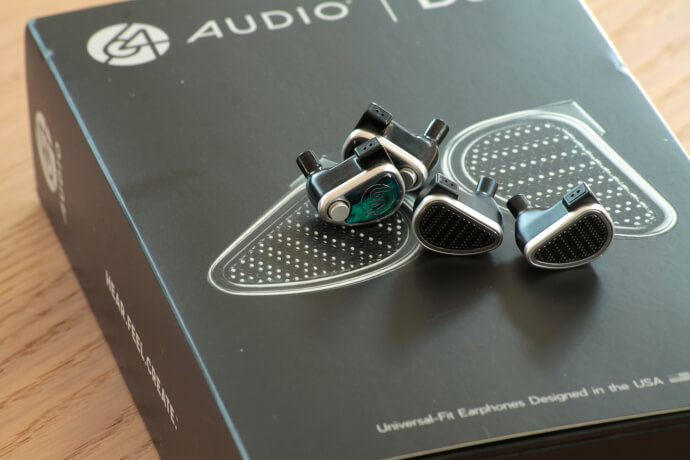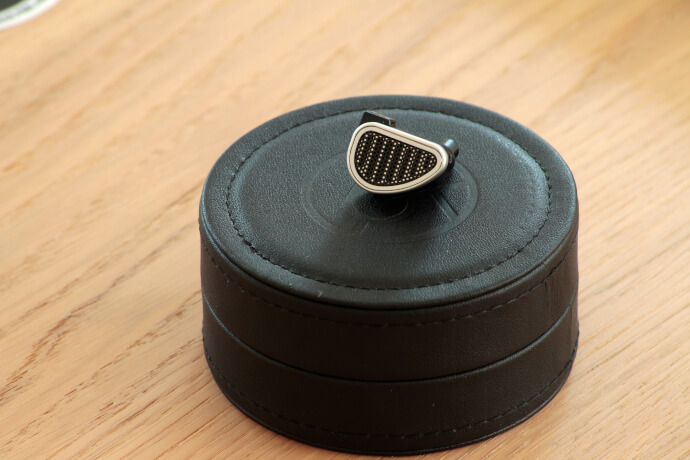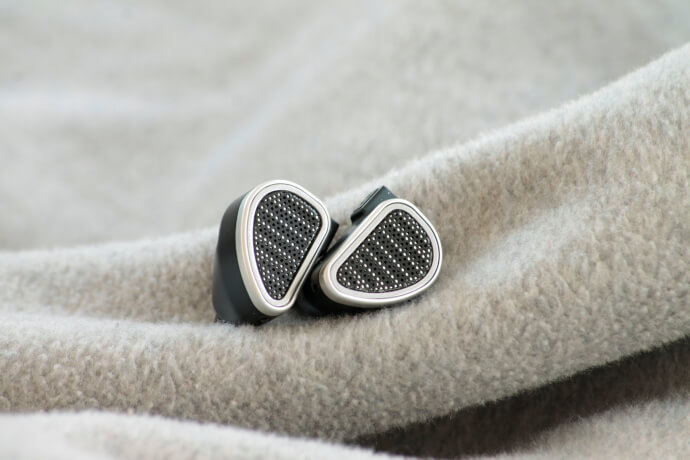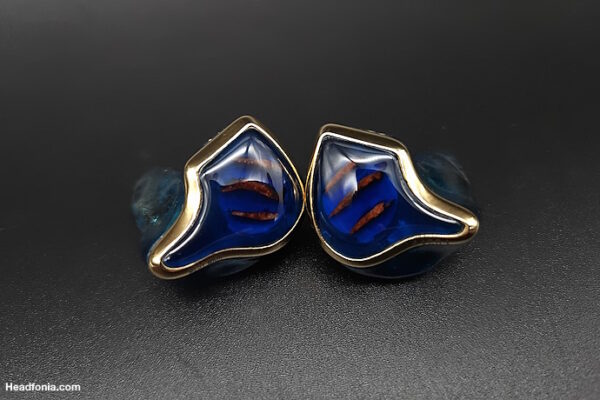Comparisons
Alright, so now that we have a general picture of how the Duo sounds, we can start looking at comparisons. For that segment I sourced two other hybrids. 64 Audio’s very own Nio and Empire Ears’ first generation Valkyrie. Since its introduction, Empire Ears has updated the Valkyrie in a second iteration, but for today the first gen has to suffice.
vs Empire Ears Valkyrie
As mentioned before, this is the discontinued first generation Valkyrie. The Valkyrie has a very pronounced V-shaped signature. The Duo’s bass is slightly more forward, but it seems more controlled than the Valkyrie’s. With the Valkyrie you get a boomy bass that has more mid and upper bass body compared to the Duo. The Valkyrie’s dynamic driver however pushes lower into sub-bass and gives a faster response than the Duo.
Mids on the Valkyrie are pushed more back and sound more congested in comparison to the Duo. The Duo really does well in the regard of creating an open space for the midrange. Instruments and vocalists have more room to perform in.
Instruments sound richer and smoother with the Duo, while they have a slightly dryer nature on the Valkyrie. The Duo has a softer and more organic sound than Valkyrie. But Valkyrie is without a doubt the more energetic sounding monitor here. It’s an IEM you put in when you want to pump your fists in the air and jump around. The Duo on the other hand is here for your pleasure, more for your enjoyment. Although the forward bass might suggest otherwise.
In treble the Duo is cleaner and colder sounding, here the EE monitor is situated in a less forward and more laid back place. That too makes it harder for treble to shine through on the Valkyrie. Something that the Duo does with flying colors. Highs are more forward and shimmer brighter on the Duo.
On a technical level the Duo comes out at the top position. It creates a wider and deeper stage with better resolution and imaging.

64 Audio Duo
vs 64 Audio Nio
The Nio is the next hybrid monitor up the chain in 64 Audio’s lineup. It does not use a full tia system, but makes use of tubes. On paper the Nio sports a total of nine drivers in a hybrid configuration. The Nio is known as one of the bassiest monitors, especially in 64 Audio’s range of products. But to match the bass response of the Duo I had to plug in the M20 module, which is the bass-heaviest of all available ones.
Similar to the Duo, the Nio also has a warmer sound in its midrange, but the Duo does have a more vibrant lower midrange to me than the Nio. Also the Duo does again sound airier and more open than the Nio. The Nio is more in focus of a narrower stage. The Duo stretches more out of your head and places instruments more precisely.
In a tuning perspective it’s undeniable that these two come from the same hands. There is a general house sound in the products of 64 Audio from the recent past. The Nio, Duo and A18s all have similar characteristics in their midrange, which is a slightly warm tuning with good richness.
The Nio has a treble tuning that’s softer and less forward, which might be more in line with people that don’t like prominent highs. The Duo has a brighter treble response, that’s especially audible with wind chimes (I hope that’s the right word).
The biggest benefit of the Nio over the Duo clearly is its ability to tune down the bass if needed. 64 Audio supplies three different Apex modules for that as solution. And of course it also has a closed back design, which isolates you better from the outside world in comparison to the very sound-leaking Duo. But the most obvious benefits here that play into the hands of Duo is in stage construction and for the lack of a better word openness.

64 Audio Duo
Final Verdict
With every new release from 64 Audio my curiosity rises. They always come up with new developments and new technologies they put into their products. This time they brought us Wave Sync and apex core. But although I am not a fan of open back In Ears I was very interested in the Duo.
The Duo brings you all the benefits of a tube-less In Ear, but enhanced with the benefits of an open back design. You get a very well constructed stage, wonderful imaging and just an open and airy sound. If you like your bass a bit more forward and punchy, this should be high up your audition list.
Of course the biggest drawback of the Duo is its open design. It’s virtually impossible to use in public transport or out on walks. If you are not planning on doing that, and are only looking for the most open sounding IEM for at home listening, then this might just be it. As mentioned before, for movies or video calls the Duo is a splendid choice.
Page 1 – Brand history and technical details
Page 2 – Packaging, Build and Sound
Page 3 – Comparisons & ConslusionsSound







